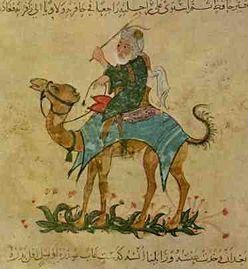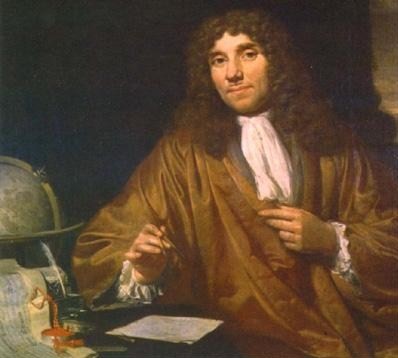|
After the Black Death reached al-Andalus in the 14th century, Ibn Khatima and Ibn al-Khatib hypothesized that infectious diseases are caused by "contagious entities" which enter the human body.Which is now known as the germ theory or the pathogenic theory of medicine. Anton van Leeuwenhoek was the first to observe microorganisms and to allowing for easy visualization of bacteria. In the mid-19th century John Snow and William Budd did important work demonstrating the contagiousness of typhoid and cholera through contaminated water. Their theory was developed in Europe in the 1600s through the science of microscopy. It was developed in order to find the source of where disease's would come from to burden a town or place.Traditional technologies have been modified or improved through the use of microscopy, because of this technique, vaccines, antibiotics, Penicillin, and the first broad spectrum synthetic antibacterial drugs where developed. The challenges that innovators faced were from where microbes and viruses originated from. Based on their technologies, microbiologists would have to use certain types of technology to track the microbe down with further analysis. Nanoeumulsion technology is still under development, but holds great promise as an antimicrobial substance applied to the mucosal membranes (via a nose spray) and remains active for a period of time measured in hours. It is used to prevent infections but is under development. |

